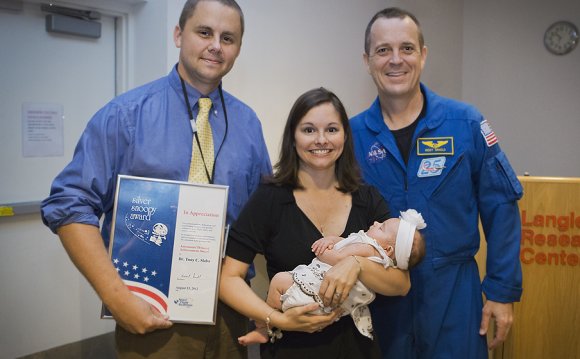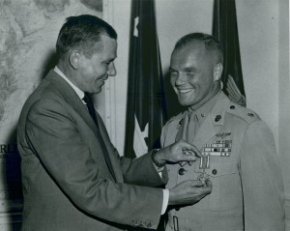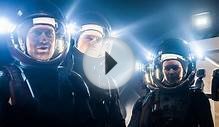
 Ever thought of becoming an astronaut? Who hasn’t?
Ever thought of becoming an astronaut? Who hasn’t?
While military service certainly isn’t required to join NASA, it might help. 219 of the 330 current and former U.S. astronauts also served in the armed forces. Though they’ve mostly served in the Air Force and Navy, every branch has been represented.
Many of the most famous NASA astronauts, including Neil Armstrong, Buzz Aldrin and John Glenn, were members of the military.
“NASA and the military have a long and storied history, ” wrote current NASA Administrator Charles Bolden, Jr. in a December 2011 blog post on the agency’s website about hiring veterans at NASA. Bolden is a former astronaut and Marine Aviator.
“Our earliest astronauts came from the military because we wanted people who had test pilot experience and the willingness to face dangerous situations. Many members of the current astronaut corps are members of the military, including five people in our newest astronaut class and the current commander of the International Space Station, ” he said.
The link between NASA and the Department of Defense dates back to 1959, when the various military branches were asked to provide a list of military test pilots who would qualify for NASA’s Project Mercury, their first manned flight. In the years since, the two federal groups have continued to work together on projects such as aeronautical testing and launching intelligence satellites.
Although prior military service has become somewhat less common among astronauts in the past few decades, Bowen expressed a renewed commitment to hiring as many new veterans as possible to work at NASA. In 2011, more than 11 percent of the agency’s new hires were veterans, and 5 percent of those hires were disabled veterans. The next group of astronauts is expected to be announced in January.
Bowen said he was committed to hiring veterans because “Our nation’s veterans already have a commitment to national public service…National service is founded on doing big things and doing things that benefit the whole world. Outside of the military, nowhere is that more true than at NASA.”
RELATED VIDEO












